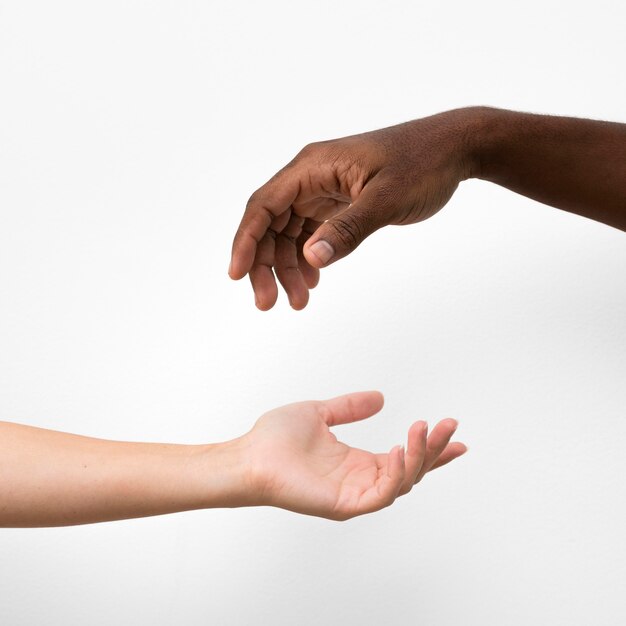The human hand is an anatomical structure consisting of the four fingers and the thumb. It is located at the end of the arm and is used for grasping and holding objects. The hand is a very versatile organ, capable of performing a wide variety of tasks such as writing, picking up objects, and providing tactile sensations.
The bones of the hand are arranged in two rows called metacarpals and phalanges. The metacarpals form the palm of the hand while the phalanges make up the fingers. Each finger has three phalanges: proximal, middle, and distal. The thumb only has two phalanges: proximal and distal.
The muscles of the hand are divided into extrinsic and intrinsic groups. Extrinsic muscles are located outside of the hand and originate from other areas such as the forearm. These muscles work to move the entire hand or individual fingers. Intrinsic muscles are found within the hand itself and help to move individual digits (such as bending a finger).
There are also many ligaments that connect bones together within the hand to provide stability. Additionally, tendons attach muscle to bone and help with movement. Finally, there is a network of nerves that runs throughout the hand to provide sensation (such as touch) and motor function (the ability to move).
The blood supply to the hand comes from several different arteries including: radial artery, ulnar artery, common carotid artery, brachial artery, basilic vein, cephalic vein among others.. veins


